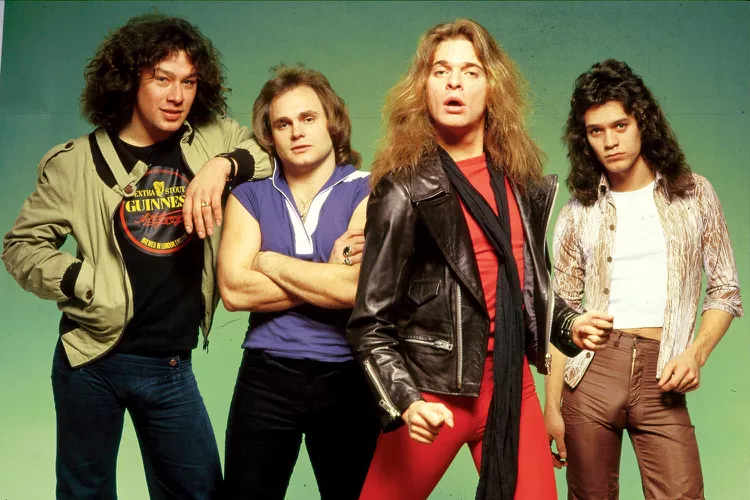Alex Van Halen Explains the Lore Behind Van Halen’s Legendary ‘No Brown M&M’s’ Rider: It Was No ‘Power Trip’

For decades, one of rock’s most infamous backstage demands has been Van Halen’s “no brown M&M’s” clause in their concert rider. It became the subject of endless myths about the band’s eccentric behavior, but as drummer Alex Van Halen recently clarified, it was far more than just a bizarre, rock-star power play.
In an interview, Alex opened up about the true reasoning behind the clause, explaining that it was a crucial way for the band to ensure that concert promoters were paying close attention to the technical details that went into setting up their elaborate shows. Van Halen was known for their groundbreaking stage productions in the 1980s, which required precise technical setups for lighting, sound, and safety. The rider was a way to test the promoters’ attention to the band’s stringent requirements.
“We were setting up these massive productions, and it wasn’t just for show,” Alex said. “We had very specific technical requirements that, if not met, could be dangerous. We needed promoters to read the rider thoroughly because these details mattered to the success and safety of the show.”
The infamous M&M’s clause was buried within the band’s technical rider, a lengthy document that outlined all of their stage, lighting, and sound requirements. If the band walked into their dressing room and found brown M&M’s, it was an immediate sign that the promoter hadn’t read the contract in full. This allowed them to anticipate potential oversights in the more critical aspects of the setup, such as the weight load for the lighting rig or the stage’s structural integrity.
“It was never about being divas,” Alex explained. “If the promoter missed something as simple as removing brown M&M’s, then we knew we had to double-check everything. We couldn’t afford to have them skimp on safety.”
The clause became legendary, often cited as an example of rock star excess, but it was actually a clever safeguard for the band’s operations. In fact, Alex described instances where Van Halen would discover serious safety issues after seeing that the M&M request had been ignored. One time, they found that the local crew had failed to properly support the weight of the lighting rig, which could have led to a catastrophic collapse.
For Alex Van Halen, the “no brown M&M’s” legend highlights the importance of professionalism in the rock industry, where attention to detail is critical in keeping performers, crew members, and fans safe. Far from a “power trip,” it was a warning system, cleverly disguised as a quirky demand.
So, while the legend of Van Halen’s candy pickiness lives on in rock lore, Alex’s explanation offers a glimpse into the real thinking behind it. It wasn’t about ego or extravagance, but rather about ensuring that their shows—often massive productions with complex requirements—were executed with precision and care.
Next time you hear the story of the brown M&M’s, remember: sometimes, the little things really do matter.



